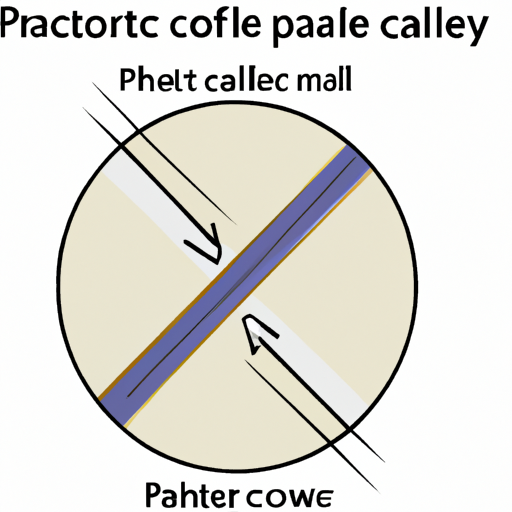When it comes to choosing the capacitance of a parallel capacitor, there are several factors to consider in order to ensure optimal performance and efficiency. Capacitors are essential components in electronic circuits, used for storing and releasing electrical energy. Parallel capacitors are particularly useful for filtering out noise and stabilizing voltage levels in a circuit.

One of the key considerations when selecting the capacitance of a parallel capacitor is the desired filtering or smoothing effect. Capacitors are commonly used to filter out high-frequency noise or ripple in a power supply circuit. The capacitance value of the capacitor will determine how effectively it can filter out unwanted noise and stabilize the voltage levels in the circuit. A higher capacitance value will provide better filtering performance, but it may also result in slower response times and larger physical size.
Another important factor to consider when choosing the capacitance of a parallel capacitor is the frequency response of the circuit. Capacitors have a frequency-dependent impedance, which means that their effectiveness in filtering out noise or stabilizing voltage levels will vary with the frequency of the signal. Higher capacitance values are generally more effective at filtering out low-frequency noise, while lower capacitance values are better suited for high-frequency applications.
The voltage rating of the capacitor is also a critical consideration when selecting the capacitance value. The voltage rating of the capacitor should be higher than the maximum voltage that will be applied across it in the circuit. Choosing a capacitor with a lower voltage rating can result in premature failure or damage to the capacitor, leading to potential safety hazards in the circuit.
In addition to these technical considerations, cost and availability are also important factors to take into account when choosing the capacitance of a parallel capacitor. Capacitors with higher capacitance values tend to be more expensive and may be less readily available compared to lower capacitance values. It is important to balance the performance requirements of the circuit with the cost and availability of the capacitor to ensure a cost-effective and reliable solution.
In conclusion, choosing the capacitance of a parallel capacitor requires careful consideration of the filtering requirements, frequency response, voltage rating, cost, and availability. By taking these factors into account, you can select the optimal capacitance value that will provide the desired performance and efficiency in your circuit. Remember to consult with a knowledgeable engineer or technician if you are unsure about the best capacitance value for your specific application.
When it comes to choosing the capacitance of a parallel capacitor, there are several factors to consider in order to ensure optimal performance and efficiency. Capacitors are essential components in electronic circuits, used for storing and releasing electrical energy. Parallel capacitors are particularly useful for filtering out noise and stabilizing voltage levels in a circuit.

One of the key considerations when selecting the capacitance of a parallel capacitor is the desired filtering or smoothing effect. Capacitors are commonly used to filter out high-frequency noise or ripple in a power supply circuit. The capacitance value of the capacitor will determine how effectively it can filter out unwanted noise and stabilize the voltage levels in the circuit. A higher capacitance value will provide better filtering performance, but it may also result in slower response times and larger physical size.
Another important factor to consider when choosing the capacitance of a parallel capacitor is the frequency response of the circuit. Capacitors have a frequency-dependent impedance, which means that their effectiveness in filtering out noise or stabilizing voltage levels will vary with the frequency of the signal. Higher capacitance values are generally more effective at filtering out low-frequency noise, while lower capacitance values are better suited for high-frequency applications.
The voltage rating of the capacitor is also a critical consideration when selecting the capacitance value. The voltage rating of the capacitor should be higher than the maximum voltage that will be applied across it in the circuit. Choosing a capacitor with a lower voltage rating can result in premature failure or damage to the capacitor, leading to potential safety hazards in the circuit.
In addition to these technical considerations, cost and availability are also important factors to take into account when choosing the capacitance of a parallel capacitor. Capacitors with higher capacitance values tend to be more expensive and may be less readily available compared to lower capacitance values. It is important to balance the performance requirements of the circuit with the cost and availability of the capacitor to ensure a cost-effective and reliable solution.
In conclusion, choosing the capacitance of a parallel capacitor requires careful consideration of the filtering requirements, frequency response, voltage rating, cost, and availability. By taking these factors into account, you can select the optimal capacitance value that will provide the desired performance and efficiency in your circuit. Remember to consult with a knowledgeable engineer or technician if you are unsure about the best capacitance value for your specific application.